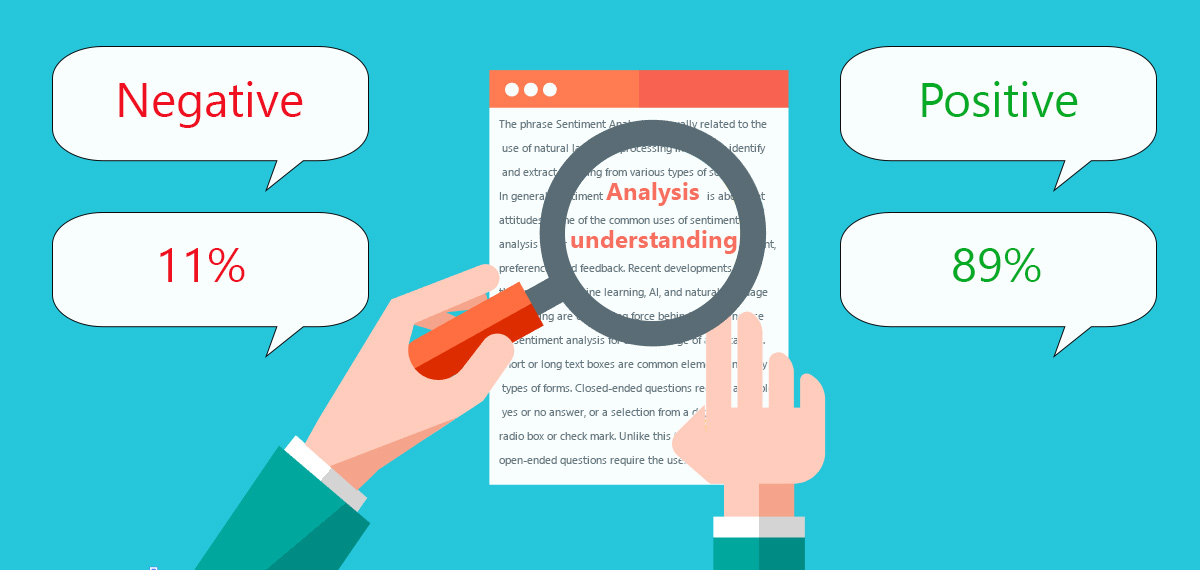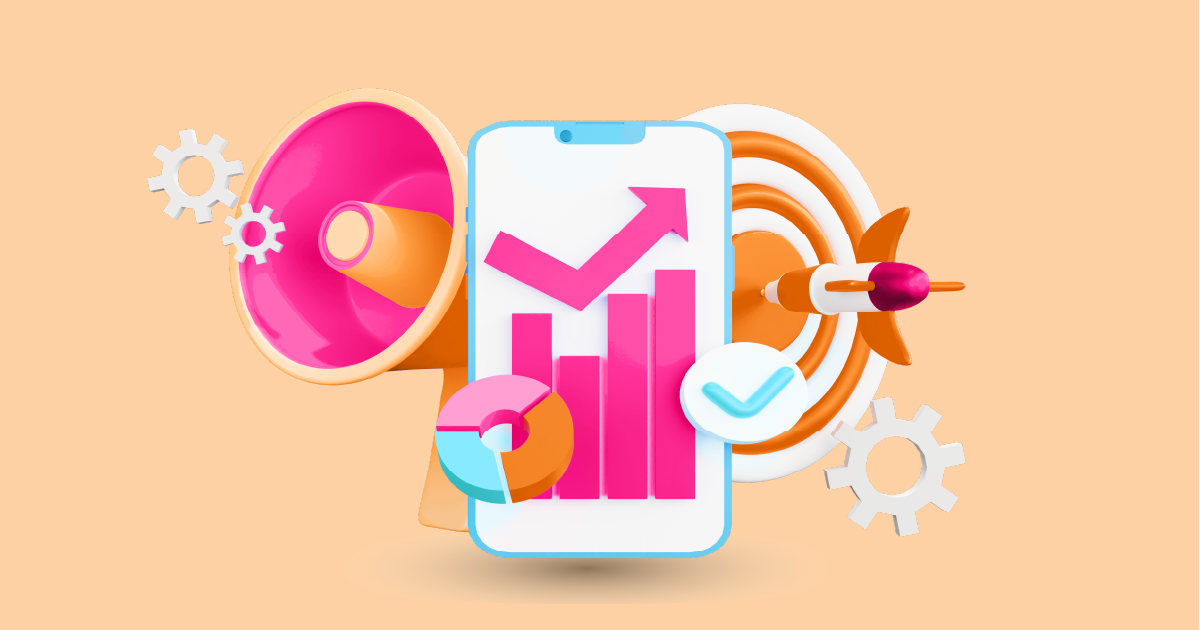In the era of digital communication, understanding and interpreting human emotions is becoming increasingly essential. Sentiment analysis, also known as opinion mining, is a powerful tool that allows us to gauge public sentiment toward products, services, brands, and even political movements. This article delves into the fascinating world of sentiment analysis online, exploring its significance, methodologies, applications, and the technology behind it.
What is Sentiment Analysis Online?

Sentiment analysis relies on natural language processing (NLP) and machine learning techniques to analyze and categorize text data. It can be applied to a wide range of sources, including social media posts, product reviews, news articles, and customer feedback. The ultimate goal is to gain insights into public opinion and sentiment trends.
The Importance of Sentiment Analysis Online
Understanding sentiment is crucial for businesses, governments, and organizations alike. It allows them to make data-driven decisions, adapt their strategies, and respond to public sentiment effectively. Sentiment analysis can be a valuable tool for reputation management, customer satisfaction, and brand perception.
How Sentiment Analysis Works
Sentiment analysis algorithms use a combination of linguistic analysis and machine learning to classify text into sentiment categories. They analyze factors such as word choice, context, and tone to determine sentiment polarity.
Text-Based Sentiment Analysis
One common application of sentiment analysis is examining written content. By analyzing text data from various sources, businesses can gain insights into customer opinions, market trends, and product performance.
Social Media and Sentiment Analysis
Social media platforms are a treasure trove of unfiltered, real-time sentiment data. Sentiment analysis tools can track and analyze public sentiment on platforms like Twitter, Facebook, and Instagram, providing valuable insights for marketing and public relations efforts.
Applications of Sentiment Analysis
1. Business and Marketing
Businesses use sentiment analysis to assess customer reactions to their products or services. This information can guide product improvements, marketing campaigns, and customer engagement strategies.
2. Customer Feedback and Satisfaction
Gathering and analyzing customer feedback helps companies understand customer satisfaction levels. Sentiment analysis helps in identifying areas for improvement and enhancing the customer experience.
3. Politics and Public Opinion
Political campaigns and governments can benefit from sentiment analysis to gauge public opinion, assess policy decisions, and refine their communication strategies.
Tools and Technologies for Sentiment Analysis
Numerous tools and technologies are available for sentiment analysis, ranging from open-source libraries like NLTK and spaCy to commercial sentiment analysis platforms like IBM Watson and Google Cloud Natural Language API.
Challenges
1. Ambiguity and Sarcasm
Sentiment analysis struggles with understanding sarcasm and ambiguity in text, which can lead to inaccurate results.
2. Language and Cultural Variations
Different languages and cultures express sentiment differently, making sentiment analysis more complex in a global context.
3. Real-Time Analysis
The fast-paced nature of the internet requires sentiment analysis tools to provide real-time insights, which can be challenging to achieve.
Future Trends
As AI and NLP technologies continue to advance, sentiment analysis is expected to become more accurate and sophisticated. Real-time sentiment analysis and multilingual support are some of the trends to watch.
Ethical Considerations
Sentiment analysis online raises important ethical questions, particularly regarding privacy and bias. Striking a balance between data collection and individual rights is crucial.
Conclusion
Sentiment analysis online is a powerful tool that offers invaluable insights into the emotions and opinions of the digital world. Whether it’s for businesses looking to enhance customer satisfaction or governments aiming to understand public sentiment, sentiment analysis is a vital asset in the age of information.
Ready to experience the power of sentiment analysis for your business? Request a demo from AIM Technologies today and unlock the potential of understanding public sentiment like never before.
FAQs
What is sentiment analysis used for?
- Sentiment analysis is used to determine the emotional tone behind text or spoken words, helping organizations make data-driven decisions.
What are the challenges in sentiment analysis?
- Challenges include ambiguity in language, cultural variations, and the need for real-time analysis.
How does sentiment analysis work?
- Sentiment analysis uses natural language processing and machine learning to classify text into sentiment categories like positive, negative, or neutral.
What are the future trends in sentiment analysis?
- Future trends include increased accuracy, real-time analysis, and support for multiple languages.
Are there ethical considerations in sentiment analysis?
- Yes, ethical concerns include privacy issues and potential biases in sentiment analysis algorithms.




